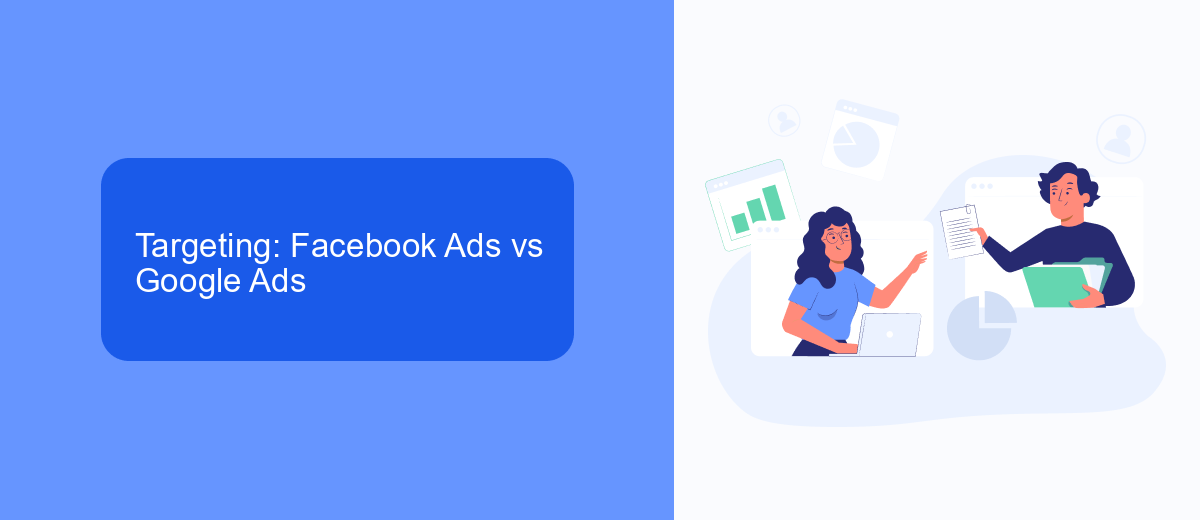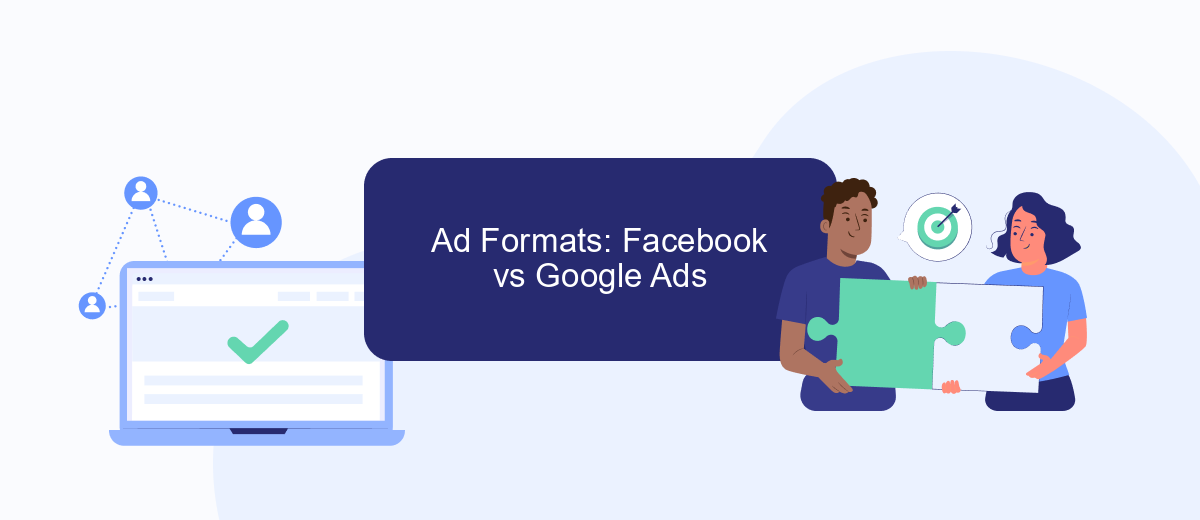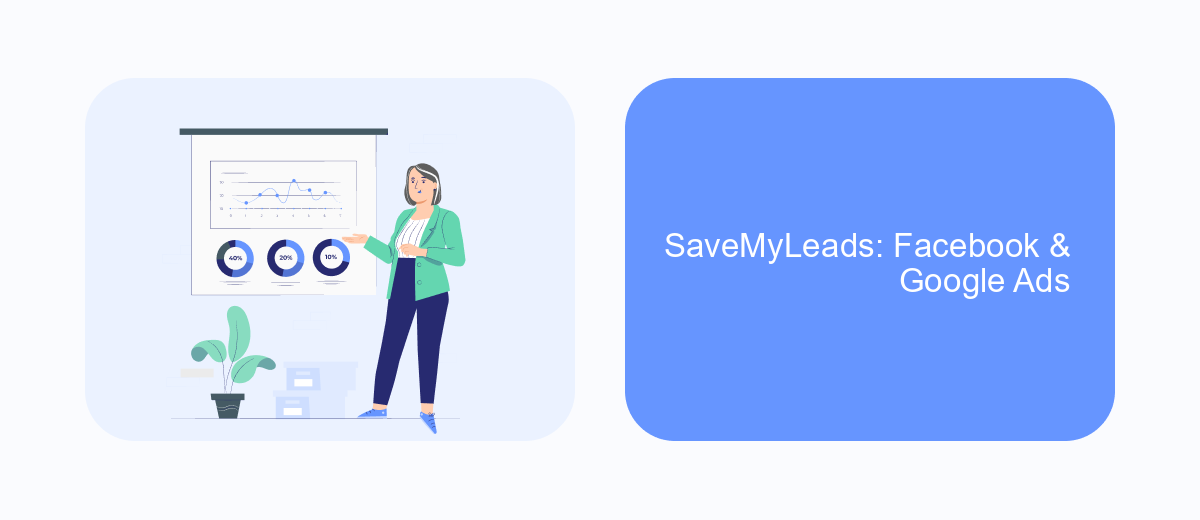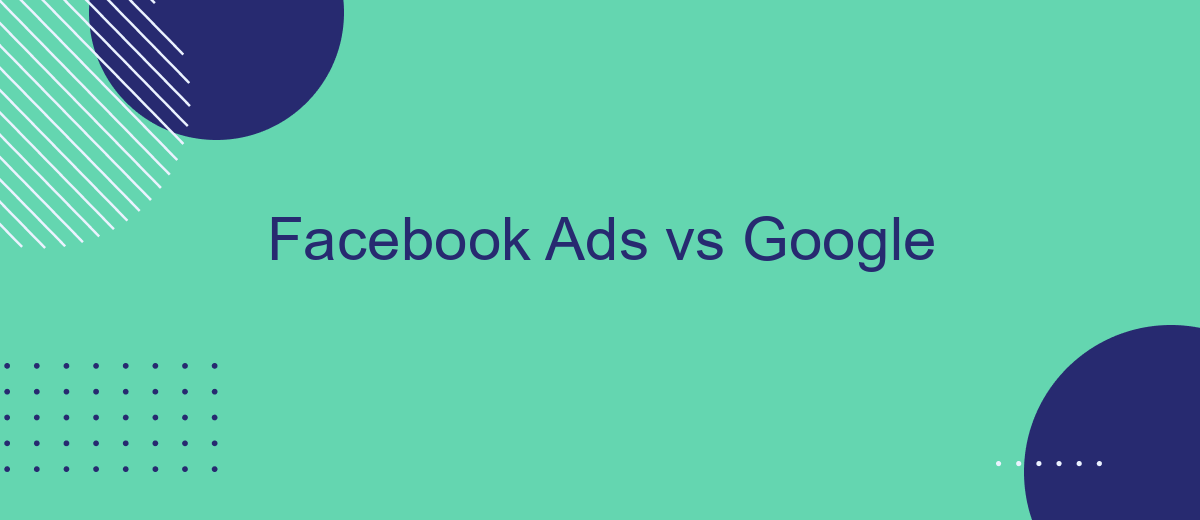In the ever-evolving digital marketing landscape, businesses are continually seeking the most effective platforms to reach their target audiences. Facebook Ads and Google Ads stand out as two of the most powerful tools available today. Each offers unique advantages, catering to different marketing strategies and goals. This article delves into the key differences, benefits, and considerations when choosing between Facebook Ads and Google Ads for your business.
Facebook Ads vs Google Ads: Overview
When it comes to online advertising, businesses often face the decision between Facebook Ads and Google Ads. Both platforms offer unique benefits and cater to different marketing needs. Facebook Ads excel in social media marketing, leveraging its vast user base for targeted demographic advertising. On the other hand, Google Ads is a leader in search engine marketing, allowing businesses to capture intent-driven traffic through search queries. Understanding the differences and strengths of each platform is crucial for businesses looking to maximize their advertising budget.
- Audience Targeting: Facebook Ads offers detailed demographic, interest, and behavior targeting.
- Ad Formats: Google Ads provides text, display, shopping, and video ad options.
- Cost Structure: Both platforms use a pay-per-click model, but costs can vary based on industry and competition.
- Reach and Visibility: Facebook is ideal for brand awareness, while Google excels in capturing search intent.
Ultimately, the choice between Facebook Ads and Google Ads depends on your business goals, target audience, and marketing strategy. Many businesses find success using a combination of both platforms, leveraging Facebook's social engagement and Google's search capabilities to create a comprehensive advertising approach. By understanding each platform's strengths, businesses can make informed decisions that align with their objectives.
Targeting: Facebook Ads vs Google Ads

When it comes to targeting, Facebook Ads offers highly detailed audience segmentation options. Advertisers can target users based on demographics, interests, behaviors, and even specific life events. This level of granularity allows businesses to reach niche audiences with tailored messages, enhancing the likelihood of engagement and conversion. Additionally, Facebook's Lookalike Audiences feature enables advertisers to expand their reach by targeting users similar to their existing customer base. This is particularly useful for businesses looking to scale their marketing efforts efficiently.
In contrast, Google Ads primarily focuses on keyword-based targeting, allowing advertisers to reach users actively searching for specific products or services. This intent-driven approach can lead to higher conversion rates, as ads are shown to users with a clear interest in the advertised offerings. Google Ads also provides demographic targeting, but its strength lies in reaching potential customers at the moment of intent. For those looking to streamline their ad management and integration processes, services like SaveMyLeads can automate lead data transfer, ensuring timely follow-ups and maximizing ROI from both Facebook and Google ad campaigns.
Ad Formats: Facebook vs Google Ads

When comparing ad formats on Facebook and Google, it's essential to understand the unique offerings of each platform. Facebook Ads primarily focus on visual engagement, leveraging image and video formats to capture users' attention as they scroll through their feeds. These ads are designed to blend seamlessly with organic content, offering a native advertising experience. On the other hand, Google Ads prioritize text-based formats that appear within search engine results, targeting users actively seeking information or solutions. This fundamental difference in approach highlights the distinct advantages of each platform in reaching audiences at various stages of the consumer journey.
- Facebook Ads: Image Ads, Video Ads, Carousel Ads, Collection Ads, and Stories Ads.
- Google Ads: Search Ads, Display Ads, Shopping Ads, Video Ads (YouTube), and App Ads.
Both Facebook and Google Ads offer robust targeting options and analytics to optimize campaigns effectively. While Facebook excels in creating visually engaging ads that foster brand discovery and engagement, Google is unmatched in capturing high-intent users through its search network. The choice between the two largely depends on the advertiser’s goals, whether it’s driving brand awareness or capturing demand through search intent. Ultimately, leveraging both platforms can provide a comprehensive digital marketing strategy.
SaveMyLeads: Facebook & Google Ads

SaveMyLeads offers a seamless integration solution for businesses looking to optimize their advertising efforts on both Facebook and Google Ads platforms. By automating lead data transfer, SaveMyLeads helps marketers save time and reduce manual errors, allowing them to focus on crafting effective ad campaigns.
With SaveMyLeads, businesses can easily connect their Facebook and Google Ads accounts to streamline lead management. This integration ensures that leads captured through ads are automatically transferred to the desired CRM or email marketing system, enhancing the efficiency of follow-up processes and boosting conversion rates.
- Automate lead data transfer from Facebook and Google Ads.
- Reduce manual errors and save valuable time.
- Enhance lead management and follow-up efficiency.
- Boost conversion rates with seamless CRM integration.
Ultimately, SaveMyLeads empowers businesses to harness the full potential of their Facebook and Google Ads campaigns. By simplifying the lead management process, companies can focus on strategic decision-making and creative development, ensuring they stay ahead in the competitive digital advertising landscape.


Which is better: Facebook or Google Ads?
Choosing between Facebook Ads and Google Ads depends on your specific marketing goals and target audience. Facebook Ads excel in demographic targeting, allowing businesses to reach users based on interests, behaviors, and demographics. This makes it ideal for brand awareness and engaging with potential customers through visually appealing content. On the other hand, Google Ads is a powerful tool for capturing intent-driven searches. It allows businesses to appear in search results when potential customers are actively looking for products or services, making it highly effective for driving conversions.
Both platforms offer unique advantages, and the best choice often depends on the nature of your business and marketing objectives. For those looking to streamline their advertising efforts across both platforms, integrating tools like SaveMyLeads can be beneficial. SaveMyLeads automates data transfer between Facebook and other services, enhancing efficiency and allowing for more strategic decision-making. Ultimately, a well-rounded approach that leverages the strengths of both platforms can yield the best results, providing comprehensive coverage across different stages of the customer journey.
FAQ
What are the key differences between Facebook Ads and Google Ads?
Which platform is more cost-effective for small businesses?
How can I integrate my advertising data from Facebook and Google into my CRM?
Which platform offers better targeting options?
Can I run ads on both Facebook and Google simultaneously?
You probably know that the speed of leads processing directly affects the conversion and customer loyalty. Do you want to receive real-time information about new orders from Facebook and Instagram in order to respond to them as quickly as possible? Use the SaveMyLeads online connector. Link your Facebook advertising account to the messenger so that employees receive notifications about new leads. Create an integration with the SMS service so that a welcome message is sent to each new customer. Adding leads to a CRM system, contacts to mailing lists, tasks to project management programs – all this and much more can be automated using SaveMyLeads. Set up integrations, get rid of routine operations and focus on the really important tasks.
